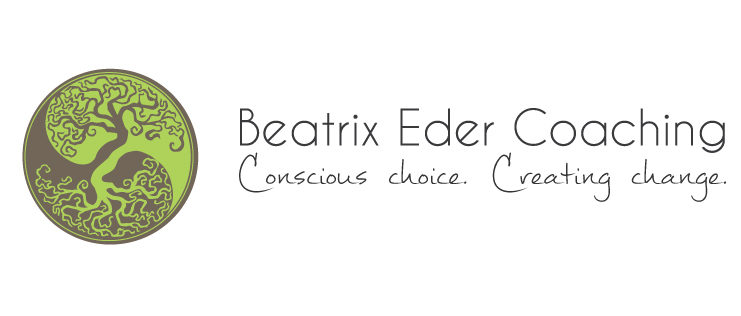
What is transformation
Transformation literally means “going beyond the form”: going through this process implies a deep and powerful change in our life patterns. Transformation brings new perspectives and changes the direction of our habitual path.
We all go through life and change not only physically as we grow from children to adults but also mentally and emotionally in our capacity to go through complex and challenging situations. At certain points in life, everything seems to shift: aspects of our life, established habits, the roles we occupy and important relationships in work and with our family.
So are these phases of radical change and transformation random? I don’t think so.
When there is a critical mass of factors that don’t work in the habitual or desired way, some form of change is required. We like to deny these signs and make excuses and often we can bargain for some more time before the elements asking for change show up again until we listen to the message. When critical mass is achieved, everything seems to contract, putting us under pressure on all levels: physical (sensation), mental (thought) and emotional (feeling).
The elements requiring change are often difficult situations, probably because change is usually uncomfortable and if things go well, there is no pressure for going through the uncertainty and discomfort of acquiring new behaviors. We are often asked to change when encountering a disorienting dilemma, starting a new role (whether professionally or personally), having health-related challenges or not being satisfied with the status quo.
What people around us observe as a transformation, is the outer manifestation of an inner shift. But what are the components of these inner shifts and personal transformation?
Components of transformation
- Transformation always starts with a strong desire to change. The foundation of this desire to change is an idea, a dream, a purpose. Underneath is a life-value that wants to be manifested and expressed.
- The second phase in transformation is the determination to start: it takes courage to dare to take the first step towards that vision. It means going into uncharted territory and having a tolerance for uncertainty.
- Finally, transformation requires the commitment to continue, even when facing setbacks.
Transformation happens, when taking a leap of faith and trying something new is less frightening then to continue the status quo. As we change and transform, we grow: we don’t lose our identity, we rather become more truly who we are. So transformation happens when we are be(com)ing true to ourselves. When we trade in our values and guiding principles for quick results, comfort, acceptance and approval, we are denying ourselves and selling our Core Being.
Purpose for growth
Transformation asks us to become comfortable with discomfort and the most important ingredient for tolerating discomfort is to have a purpose for going through the pain of growth. When you know the reason for wanting to create change, it gives you the necessary energy and commitment.
We live in a society of accumulation and competence and often we think that by learning a new skill we will attain what we want. Yet in my experience, transformation is more often a work of subtraction: un-learning and integrating our fears, limiting beliefs, old habits and negative experiences. Transformation is healing and liberating ourselves from patterns we have unconsciously applied for years and that do not serve us anymore.
Transformation takes time. It cannot be accelerated. You cannot go around it, only through it.
And the day came when the risk of remaining tight in a bud was more painful than the risk it took to blossom.
Anais Nin
Questions to reflect on
- Which area of your life has been stagnating? Where do you wish things were different?
- What is the life-value that wants to be fully integrated and expressed?
- What are the physical, mental and emotional symptoms you experience when an area of your life is changing?



